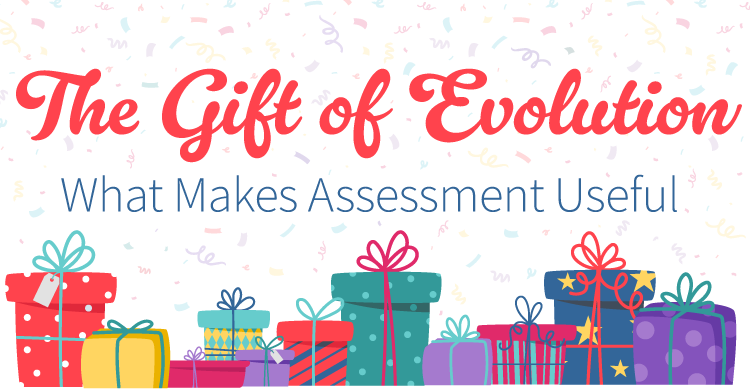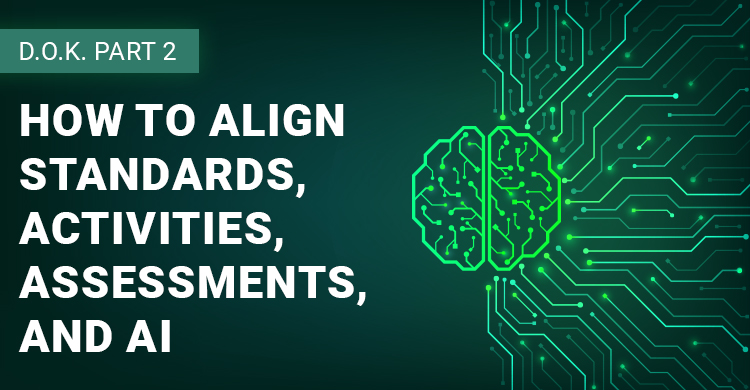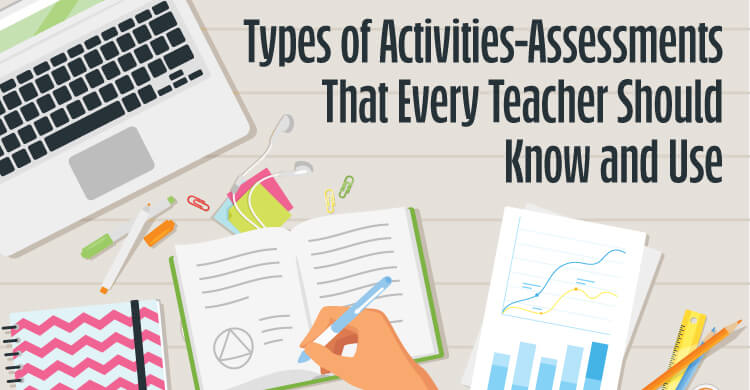Why should teachers create their own common assessments? Wouldn’t it be better if the district did it for them?
Common assessments are a means to an end; they are not the end. Too often, when officials create assessments that are then offered to teaching teams for use, the teams assume they are preparing their learners for success on the common assessment. The assessment is not the end goal. Rather, learning is the end goal for learners and teachers.
The common assessment process works best when teams work collaboratively through all aspects of the process – from prioritizing and unpacking their standards to writing the aligned assessment tools to monitoring their impact with results. Done well, the entire process creates instructional agility for individual teachers and the collective team.
In order for teachers to develop and maintain their equilibrium with instructional agility, they must deeply understand their standards, the pathway for monitoring progress, the tools for certifying mastery, and the options for differentiating along the way. That degree of clarity and precision can only come from teams who embark on co-creating shared knowledge, mutual values, consistent expectations, and reciprocal responsibility.
Instructional agility develops when teams work to write their assessments and attending tools before they begin instruction. Once the desired end goal is clear, the formative pathway is illuminated. At that point, teachers can be flexible yet precise in their choices to support learners along the way.
The collaborative work of common assessments involves so much more than simply creating questions, tasks, and attending tools. The process is about co-creating meaning and ultimately developing instructional prowess.
[author_bio id=”68″]






